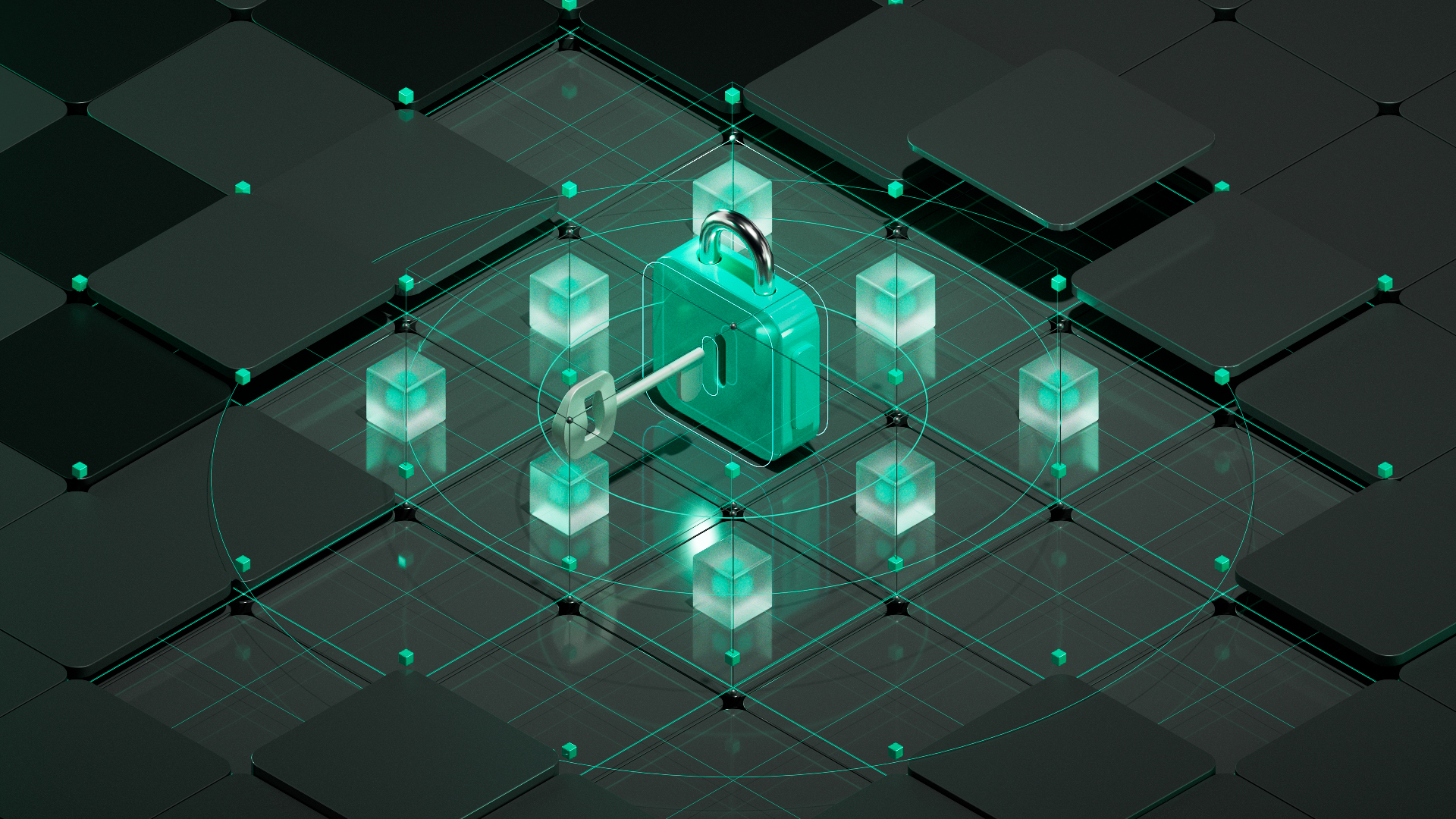Web3, also known as the decentralized web or Web 3.0, is the next generation of the internet that promises a more decentralized, transparent, and secure online environment. This new web is built on the foundation of blockchain technology, which enables decentralized data storage and peer-to-peer transactions without intermediaries. With Web3, users can interact with each other directly without relying on centralized platforms such as social media, e-commerce sites, and financial institutions.
One of the core principles of Web3 is ownership. This means that users have complete control over their data and digital assets. Unlike in Web 2.0, where data is stored on centralized servers owned by corporations, Web3 allows users to store their data and assets on decentralized networks, where they have full ownership and control.
Interoperability is another essential aspect of Web3. Different blockchain networks can communicate with each other seamlessly, allowing for the transfer of assets and data between various platforms. This interoperability means that users are not bound to a single platform and can move their assets and data across different networks, increasing flexibility and reducing the risk of vendor lock-in. The ability to transfer assets and data across different blockchain networks opens up a new world of possibilities for innovation and collaboration in the decentralized ecosystem.
Ownership and Asset Interoperability in Web3 Gaming
In the gaming industry, the concept of ownership and asset interoperability has always been a significant challenge faced by players. The traditional gaming model limited players’ control over the virtual assets they acquired in-game. These assets were owned by game developers or publishers, and players could only use them within the game. This model prevented players from having complete ownership and control over their in-game assets, making it impossible to transfer or trade them across different games and platforms.
However, the emergence of blockchain technology and non-fungible tokens (NFTs) has brought about a change in the gaming industry’s ownership and asset interoperability. NFTs allow players to prove ownership and control over their in-game assets, and with blockchain technology, these assets can be used across different games and platforms. This means that players can buy, sell, trade, and transfer their in-game assets just like any physical asset.
This shift towards ownership and asset interoperability in gaming is meant to empower players, enabling them to benefit more from their in-game efforts in a meaningful and lucrative way. It also fosters a more open and collaborative gaming ecosystem, where players can create and share content without being restricted to closed platforms.
The emergence of blockchain technology and NFTs is transforming the gaming industry and creating exciting opportunities for players to truly own and control their virtual assets. With the increased control and flexibility afforded by these new technologies, the gaming industry is poised for a revolution in the way we play and interact with virtual assets.
How does it work?
A new type of digital asset has emerged, known as Non-fungible tokens (NFTs), which has become increasingly popular in the gaming industry. NFTs represent a unique item or piece of content, such as in-game assets, which can range from weapons and skins to other virtual items that players can truly own, trade, and use within a game. Each NFT is unique and contains metadata that describes the specific in-game asset it represents, including information such as the asset’s name, rarity, and special properties. The ownership of NFTs is recorded on a blockchain, which provides proof of ownership and control in an immutable and decentralized ledger.
Compared to traditional fungible tokens such as Bitcoin, the advantages of NFTs are significant. With NFTs, players have real ownership and control over their in-game assets, and they can transfer them between different games and platforms that support NFTs. This promotes an open and collaborative gaming ecosystem, where players can create value and benefit from their in-game efforts in a meaningful and lucrative way. NFTs can be traded through peer-to-peer transactions on marketplaces that support them, and the transaction is verified on the blockchain, providing a secure and transparent way to transfer ownership.
Overall, NFTs have transformed the gaming industry, providing players with a decentralized and secure way to truly own, trade, and use in-game assets that were previously under the control of game developers and publishers.
Cross-platform compatibility is a crucial concept in the blockchain and gaming industries, as it allows for the interoperability and sharing of data, resources, and assets across different platforms. For NFTs, which represent in-game assets, cross-platform compatibility enables players to use their assets across different games and platforms that support them.
However, achieving cross-platform compatibility is not without its challenges. One of the most significant challenges is the need for standardization of NFTs and interoperability protocols. Different games and platforms may use different technical standards for NFTs, making it challenging for players to transfer their assets between different platforms. Therefore, establishing a standardized format for NFTs can promote interoperability and facilitate cross-platform compatibility.
Another challenge is the development of infrastructure that supports cross-platform compatibility, such as marketplaces, wallets, and exchanges that enable the trading and transfer of NFTs between different games and platforms. Collaboration among various stakeholders, including game developers, marketplaces, and blockchain infrastructure providers, is essential for the development of such infrastructure.
Despite these challenges, some games and platforms have already implemented cross-platform compatibility using blockchain infrastructure, such as the Ethereum network. Some marketplaces also allow players to buy and sell NFTs across different games and platforms.
Overall, cross-platform compatibility is a critical aspect of the ecosystem for blockchain-based in-game assets. It enables players to use and trade their assets across different platforms, creating new opportunities for value creation and innovation in the blockchain and gaming industries.
What is the potential for value transfer?
The potential for value transfer between games is one of the most exciting aspects of blockchain-based in-game assets represented by NFTs. Because NFTs are unique, verifiable, and transferable, they have the potential to create a new economy for in-game assets, allowing players to create, trade, and transfer value across different games and platforms.
For instance, if a player acquires a rare and valuable in-game asset represented by an NFT in one game, they can potentially sell it on a marketplace for a profit, or transfer it to another game where it can also be used and potentially increase in value. This creates new opportunities for value creation and investment in the gaming industry.
Additionally, the potential for value transfer between games can also create new opportunities for game developers to monetize their games and increase player engagement. By allowing players to own and transfer valuable in-game assets, developers can create new revenue streams through transaction fees, and incentivize players to invest in their games.
However, it’s important to note that the value of in-game assets represented by NFTs is not guaranteed, and can be influenced by market demand, supply, and other factors. Moreover, the legal and regulatory framework for blockchain-based in-game assets is still evolving, and there may be legal and tax implications that need to be considered when transferring value between games.
Overall, the potential for value transfer between games is an exciting development in the gaming industry, offering new opportunities for value creation, investment, and innovation. As the ecosystem for blockchain-based in-game assets continues to evolve, it’s likely that we will see new use cases and opportunities emerge.
How fast will we see these changes?
It is important to note that the adoption of blockchain-based in-game assets and NFTs is still in the early phases. While there has been significant growth and interest in NFTs over the past year, the technology is still relatively new, and there are many technical and regulatory challenges that need to be addressed.
Additionally, the gaming industry is known for its fast pace and constant innovation, which means that new technologies and trends can quickly emerge, making it difficult to predict the future of the industry. It is possible that new technologies could emerge that could replace NFTs or that the regulatory environment could change, which could impact the growth and adoption of blockchain-based in-game assets.
Despite these challenges, the potential for blockchain-based in-game assets and NFTs is significant, and many experts believe that it could transform the gaming industry in the years to come. As the technology evolves, it is likely that we will see new use cases and applications emerge, which could further drive adoption and innovation in the industry.




